Advertisement
As median survival increases among patients with CF, clinicians must now be aware of previously uncommon comorbidities emerging as this patient population ages
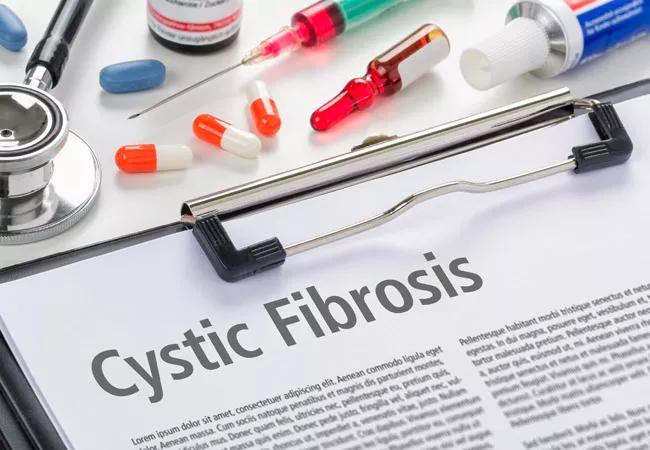
Life expectancy for patients with cystic fibrosis (CF) has increased dramatically over the past few decades. Data from the 2021 CF Foundation Patient Registry shows that the predicted median survival rate is now 53 years old — up from 37 years old a decade ago.1 This advancement is due in large part to the introduction of cystic fibrosis transmembrane conductance regulator (CFTR) modulators. While this development is clearly a positive one, clinicians must recognize that this patient population may now be encountering some of the same comorbidities and chronic medical problems often seen in the general aging population.
Advertisement
Cleveland Clinic is a non-profit academic medical center. Advertising on our site helps support our mission. We do not endorse non-Cleveland Clinic products or services. Policy
“When CFTR modulators were introduced about a decade ago, it was a game-changer,” says Lauryn Benninger, DO, a pulmonologist who works alongside Dr. Elliott Dasenbrook, MD, in Cleveland Clinic’s Adult CF Program. “These are a group of medications that are designed to correct the malfunctioning protein produced from the CFTR gene. The newest one —trikafta — was just FDA-approved in 2019, and it’s a triple-drug therapy. Trikafta has probably had the biggest impact on long-term outcomes.”
Trikafta is comprised of elexacaftor, tezacaftor and ivacaftor, and it’s available for both children and adults. Ninety percent of adults are eligible based on their CF mutations. Clinical trials indicate that this specific combination therapy works better than the prior therapies which incorporated just one or two modulators.
“While the initial results from trikafta have been promising, younger children were only recently approved for it within the past couple of years, so there are still some questions about long-term effects,” says Dr. Benninger. “The hope is that if these younger patients who are able to be treated with a modulator, then their lung disease —as well as diabetes, sinusitis, pancreatitis or other GI or liver disease — won’t advance as severely as patients without a modulator. This treatment is a bit of a two-sided coin — it’s been able to greatly prolong the lifespan of individuals with CF, which is incredibly exciting. But with the increased lifespan, we’re seeing new comorbidities emerge in this patient population, and we need to make sure we’re aware of them.”
Advertisement
Many of the major comorbidities that have become more prevalent are the same age-related ones that patients without CF often face, but side-effects of trikafta must also be taken into account. High-blood pressure and cholesterol are being seen more frequently in patients as well as obesity. In the past, malnutrition and low body mass index (BMI) were the primary concern, but clinicians are now seeing more patients with normal BMIs and even higher BMIs in the obesity range. Part of this can be contributed to an aging population, but weight gain is also a side-effect of trikafta has also helped patients gain weight, and Vertex Pharmaceuticals, the manufacturer of trikafta reports “significant BMI increase of 1 kg/m2 on average compared with placebo at 24 weeks.”2
“Another major concern we have to consider as people age is polypharmacy and drug-to-drug interactions,” says Dr. Benninger. “With trikafta being relatively new still, clinicians need to be especially vigilant and thoughtful about what they prescribe to treat a patient’s diabetes or high cholesterol for example. Pregnancy is another area where we need to be careful. Cleveland Clinic is currently part of the Mayflowers study which is monitoring trikafta in pregnant patients to better understand its impact on both the mother and child.”
At Cleveland Clinic, patients with CF are seen multiple times per year, so there is ample opportunity to monitor any changes in health. Usually, patients come in on a quarterly basis, but at least one of these appointments is an annual check-up consisting of visits with several different specialists. “Since this is a multisystem disease, we want to keep an eye on all of the comorbidities associated with CF,” explains Dr. Benninger. “We’ll have patients meet with their physician, a social worker, a respiratory therapist, a registered dietitian, a hepatologist and an endocrinologist. During this visit, we also do lab work to check on their vitamin levels and their liver and kidney function.”
Advertisement
She continues, “We often see liver disease in patients with CF, so we check liver function annually. We’ve also seen a rise in liver disease among patients with trikafta, so it’s really important to monitor patients closely during the first year of starting trikafta. One other group that we’re increasingly collaborating with as our patients with CF are healthier is pregnancy specialists. More research is needed to determine the effect of trikafta on pregnancy.
Mental health support is also a critical piece of CF care, and Cleveland Clinic incorporates social workers and mental health specialists into the care path. People with chronic diseases are at greater risk for developing clinical depression, anxiety and stress. Dr. Benninger and other respiratory specialists coordinate closely with their counterparts in the mental health department to help gain a better understanding of how patients are doing. Social workers can also help patients with CF find resources and navigate coverage under the Americans with Disabilities Act, and both social workers and mental health specialists can meet with patients in person or virtually.
Dr. Benninger believes that since CF is multi-system, it will become increasingly imperative to take a multidisciplinary approach to care. Clinicians are now seeing patients with CF exhibit some of the comorbidities that had previously been infrequent in this population. “We’re in a bit of uncharted waters here given the number of questions we still need to answer,” says Dr. Benninger. “CFTR modulators have had a tremendous impact for CF care, but they’ve also introduced some new uncertainties. The increased life expectancy is an incredibly positive development, but we still need to remain hyper-vigilant in our care as we learn more about the long-term effects of these modulators and recognize that our patients may now be at risk for developing new comorbidities.”
References
Advertisement
Advertisement
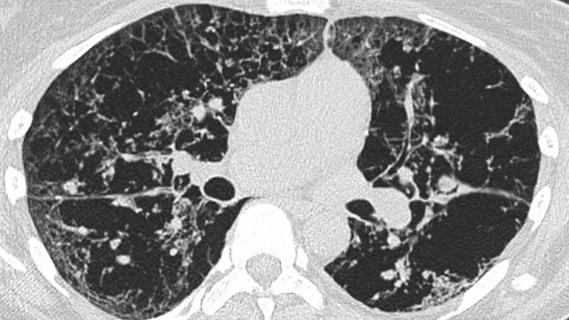
A Cleveland Clinic pulmonologist highlights several factors to be aware of when treating patients
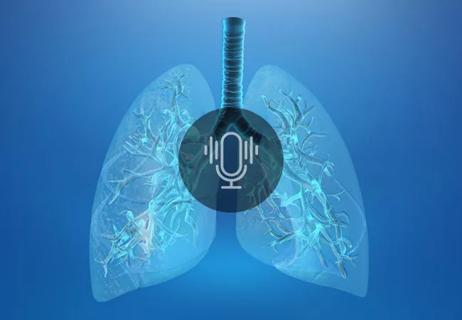
Emerging trends are transforming the classification, diagnosis, therapies and management of ILD
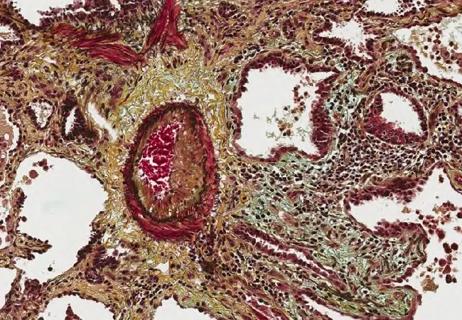
May allow greater independence and quality of life

Multidisciplinary approach can uncover unsuspected diagnoses

New pathways to consider in the treatment of SSc-ILD
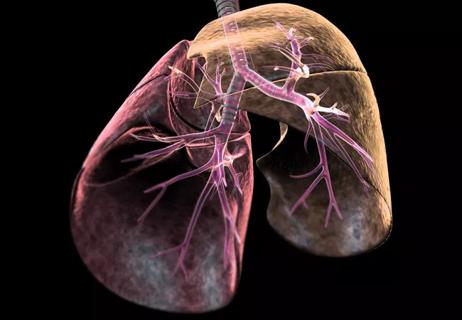
An interview with Daniel Culver, DO
![18-PUL-4645-Tolle-Hero-Image-650x450pxl[5]](https://assets.clevelandclinic.org/transform/StoryPanel/d0dfe399-8e94-4a38-a720-258396b54c23/18-PUL-4645-Tolle-Hero-Image-650x450pxl5_jpg?w=3840&q=75)
An overview of available treatment modalities

An overview of PAP and our treatment approach